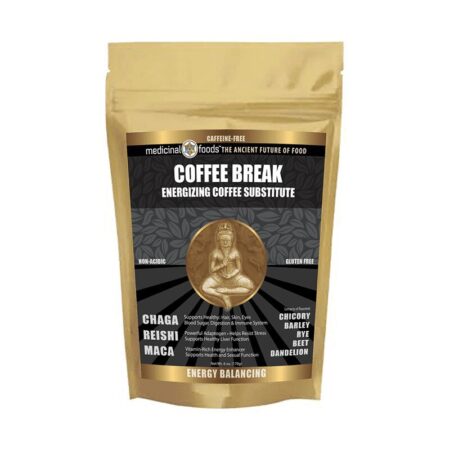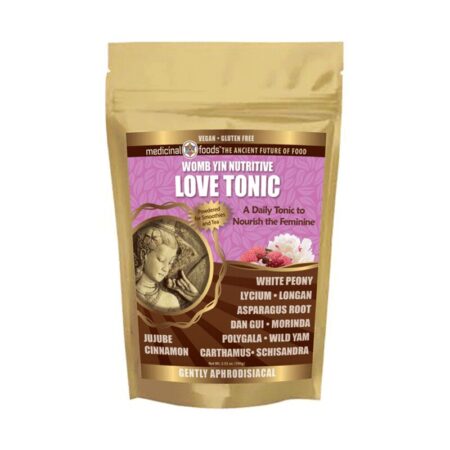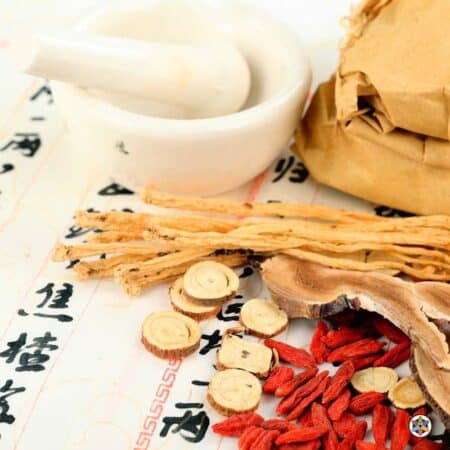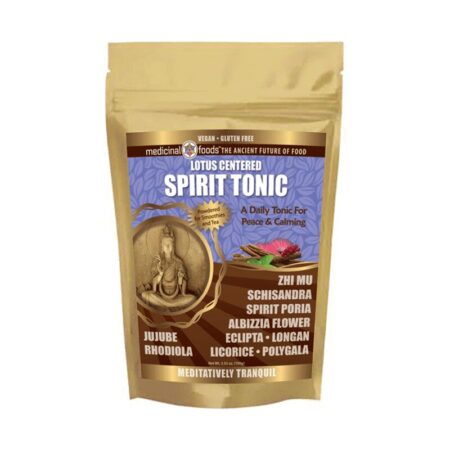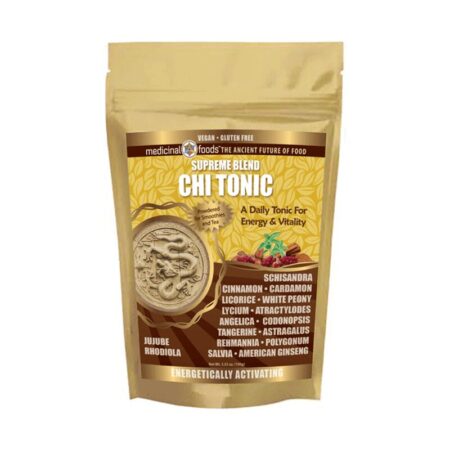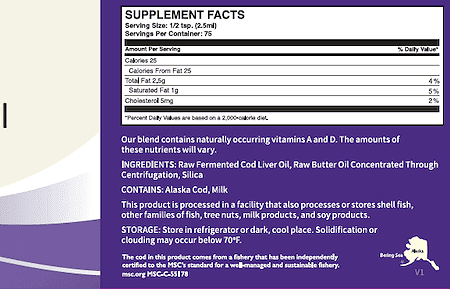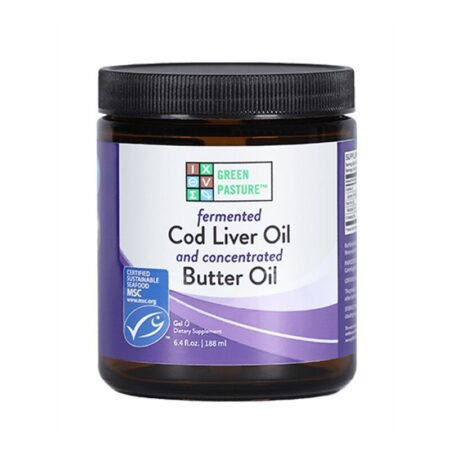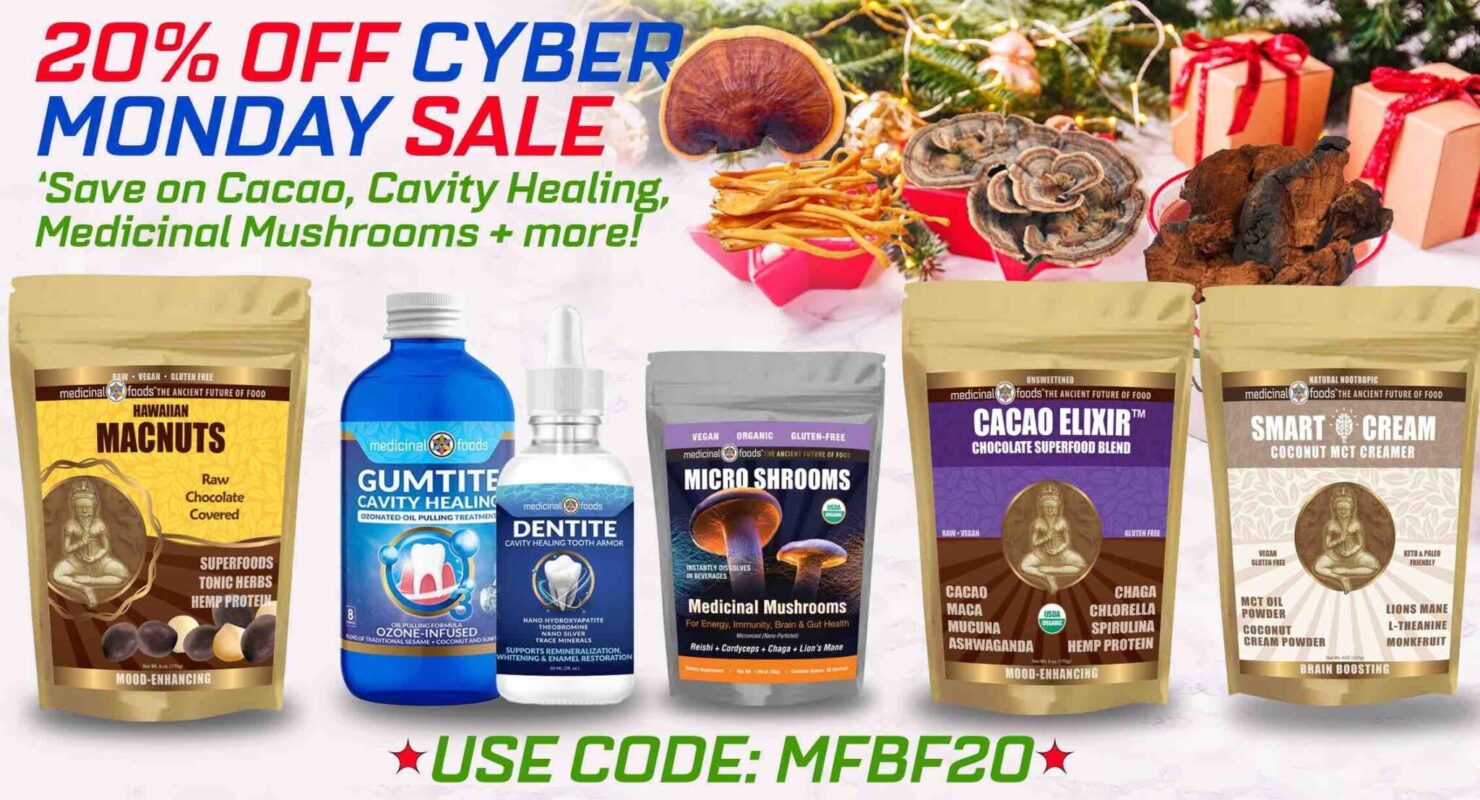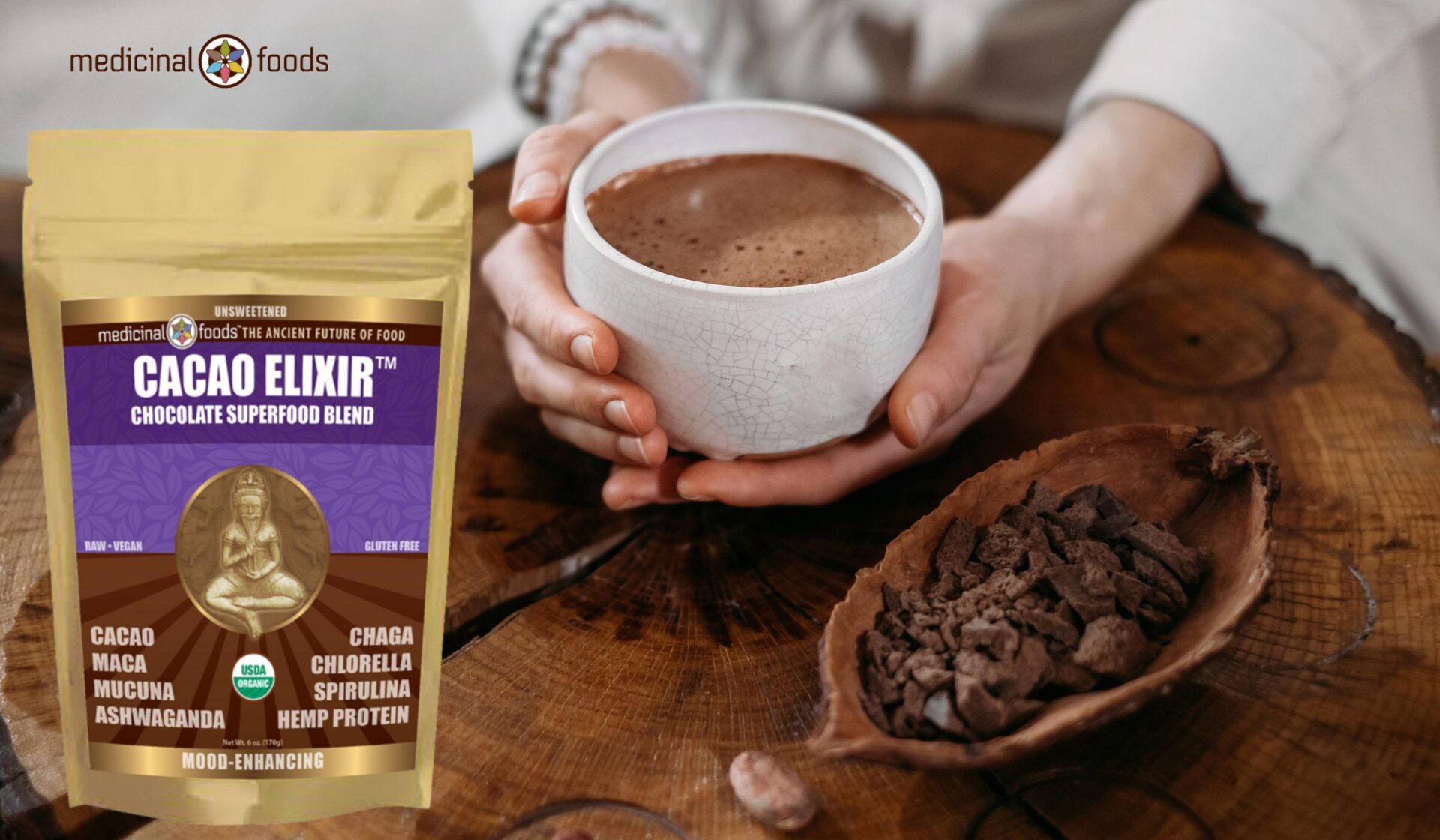There aren’t many secrets about the goodness of greens for a robust and healthy diet. Most are packed with vitamins and minerals that enable holistic functioning all of systems of the body.
But what many people don’t consider is just how easy it is to grow your own selection of vegetables and leafy plants from the comfort of your own home.
One of the major advantages to growing your own is that store-bought plants are shipped over long distances, may contain toxic pesticides, and the complete nutritional benefits are not as available because they are not as fresh.
There is also the question of seeds: are the plants you bought generated from genetically modified seeds that contain fewer vitamins than heirloom varieties (seeds that have been passed down for at least 50 years are considered “heirloom”)?
All of these are important considerations to make when just starting to ponder whether to continue to buy plants and vegetables or to begin growing your own.
How to make greens
Different climates require different steps and conditions for planting, sprouting, and maintaining them until edible.
There is no one-size-fits-all model for this process, and each plant has different and specific requirements. Some do not require too much attention while others are finicky and very sensitive to the soil and weather conditions.
Doing plenty research about the proper methods tailored to each plant is critical when you are a novice gardener.
One misconception about beginning to grow food from home is that you’ll need a lot of space in a backyard or plot of land to have success, or to even get started.
It is important to understand that even if you live in small apartment in a city there are many ways to set up a growing process even without a single piece of tillable land at your disposal.
And don’t become discouraged when some plants grow and others don’t. Gardening is a trial and error process and with dedication and a steadily increasing your level of knowledge about each plant will produce success in the long-run.
This process takes many growing seasons, which means several years, but in time you will be able to harvest a higher and higher percentage of what you plant with enough practice.
Organic greens for health
The home of herbs and plants is the soil, and there is no such thing as putting too much emphasis on fertile and well-maintained earth for any circumstance.
Many people will begin with buying organic and nutrient-rich soil directly from a home gardening center or hardware store, which is a great way to jumpstart the process.
As time goes on, continuing to nourish your soil with regular watering and adding in organic compost with steadily increase the nutrients living within the dirt.
This ensure that the plants will have enough food to continue growing at their proper rate.
So what are the most beneficial and healthy plants to begin growing in your own home environment?
Here is a short list to consider that are not too difficult to grow and have immediate health benefits.
Basil
This small but robust herb is one of the first plants to begin with because they don’t require much space and sprout relatively easily.
They can be grown in a small apartment windowsill or in a well-protected plot in your garden. I say well-protected because they are a tasty treat for rabbits and other critters that will know before everyone else in your neighborhood that you are beginning to grow your own food.
Parsley
This is another simple plant that can be grown both indoors and outdoors in a variety of climates.
Its delicate leaves are packed with nutrients and are a great fresh seasoning with almost any meal, especially on top of salads, poultry, and pasta dishes.
Lettuce
Heads of lettuce are a relatively low-maintenance plant for beginners and do not need extensive pruning nor upkeep to produce a crop.
Lettuce require a small patch of land because the bushes can grow very large. But heads of lettuce are an excellent base for any salad, and are an excellent way to stay hydrated because their leaves hold so much water.
Mustard greens vs collard greens
These are two very robust and popular additions to many garden patches. But what is the difference between the two?
First of all, mustards are considered an herb, while collards are considered a cabbage. But since both have a deep hue and thick texture they are considered to be on the high end as far as vitamins and nutrients are concerned.
Mustards also have a much different taste, being more peppery, spicy and intense in its flavor profile.
Collards can grow up to two feet tall and the larger they get the tougher they become. They have a more bitter and earthy flavor, and a bit milder than mustards.
Sweet greens
When we say that a plant is “sweet” it signifies a more delicate and subtly sweet flavor, rather than the rich, robust and earthy flavor of collards and kale.
One very popular and easy to grow plant of this variety is spinach. Organic heirloom spinach is rich in fiber, Vitamins A, C, E and K, and has powerful antioxidant capabilities because it contains a proportionally high volume of chlorophyll.
It also contains high amounts of magnesium and zinc, which have a host of benefits that include helping the muscles to relax and can even serve as a sleep aid.
But make sure to eat spinach and the rest of your herbs without cooking them as much as possible. Although each plant can be served after preparing them over heat, the nutritional value is the highest when they are eaten fresh and uncooked.
How to cook turnip greens
Turnip’s leaves are similar to collards, and the two are regularly substituted for one another especially in Southern American dishes.
They are often served with pork and the grease from the meat will seep into the dish and add a richness to the overall flavor.
First, the pork is added to a dutch oven and cooked with garlic, butter, pepper and salt. After a couple minutes on high heat and after the meat has browned on the edges, add the cut up turnip leaves to the pot and slow cook for about an hour.
Stir the ingredients as necessary to make sure the the flavors are interacting with one another. After the turnip leaves have sufficiently softened and have been hydrated by the pork grease and butter, the dish can be served.
Most leaves can be added to a meal in such fashion, especially when the recipe calls for slow cooking over a period of time. But be careful not to overcook leaves on high heat or when sautéing them.
There are so many creative cooking possibilities when you begin growing your own plants at home. After some practice and learning to apply loving care of your plants, the goodness of greens and their abundant nutritional value can help spur on a life-long hobby.









